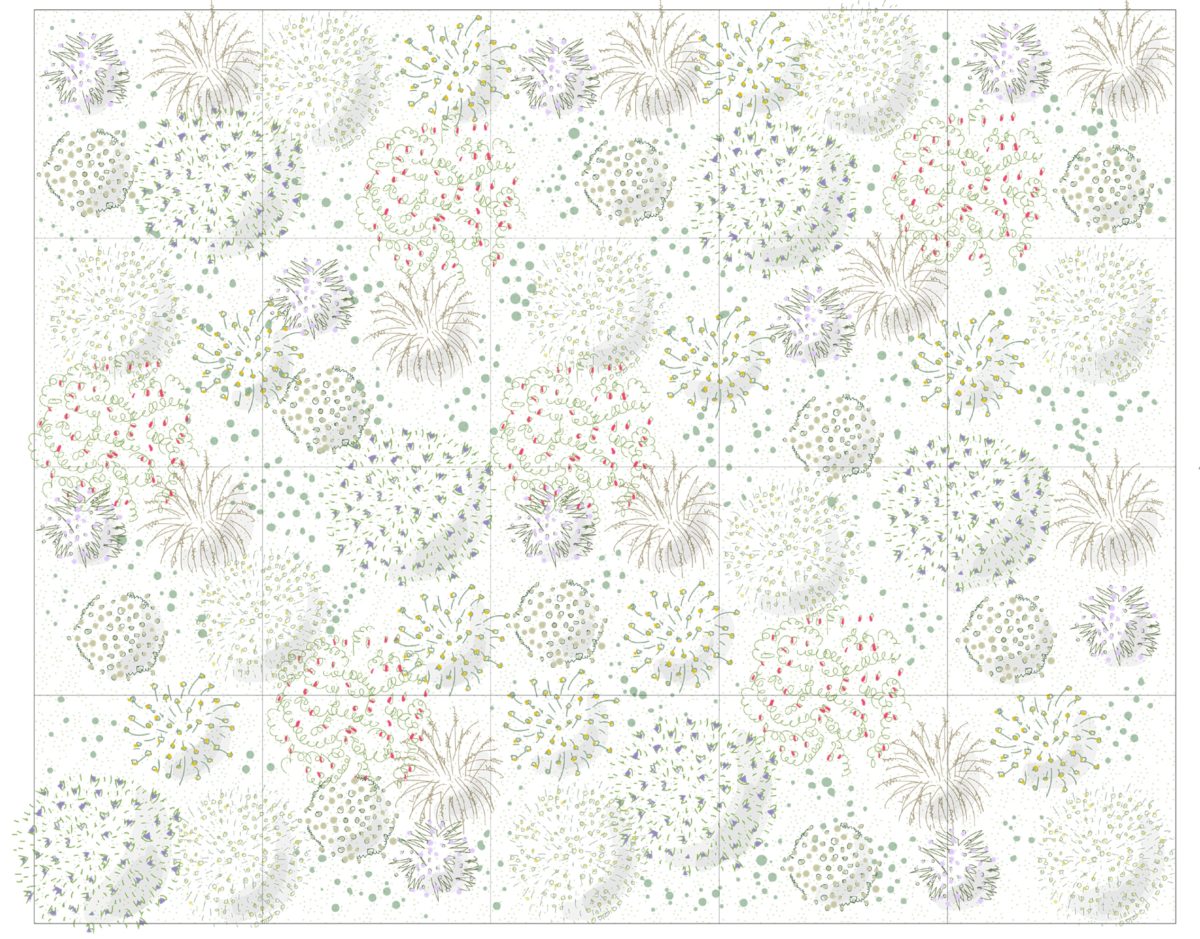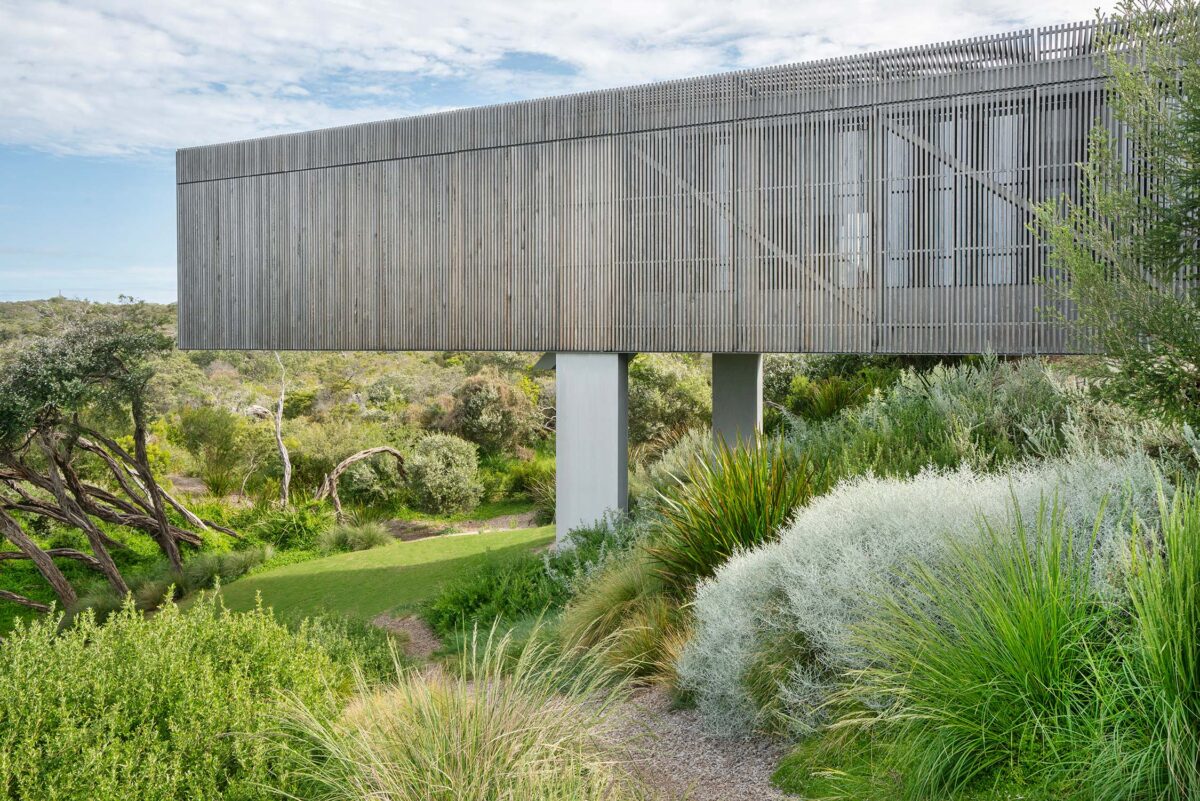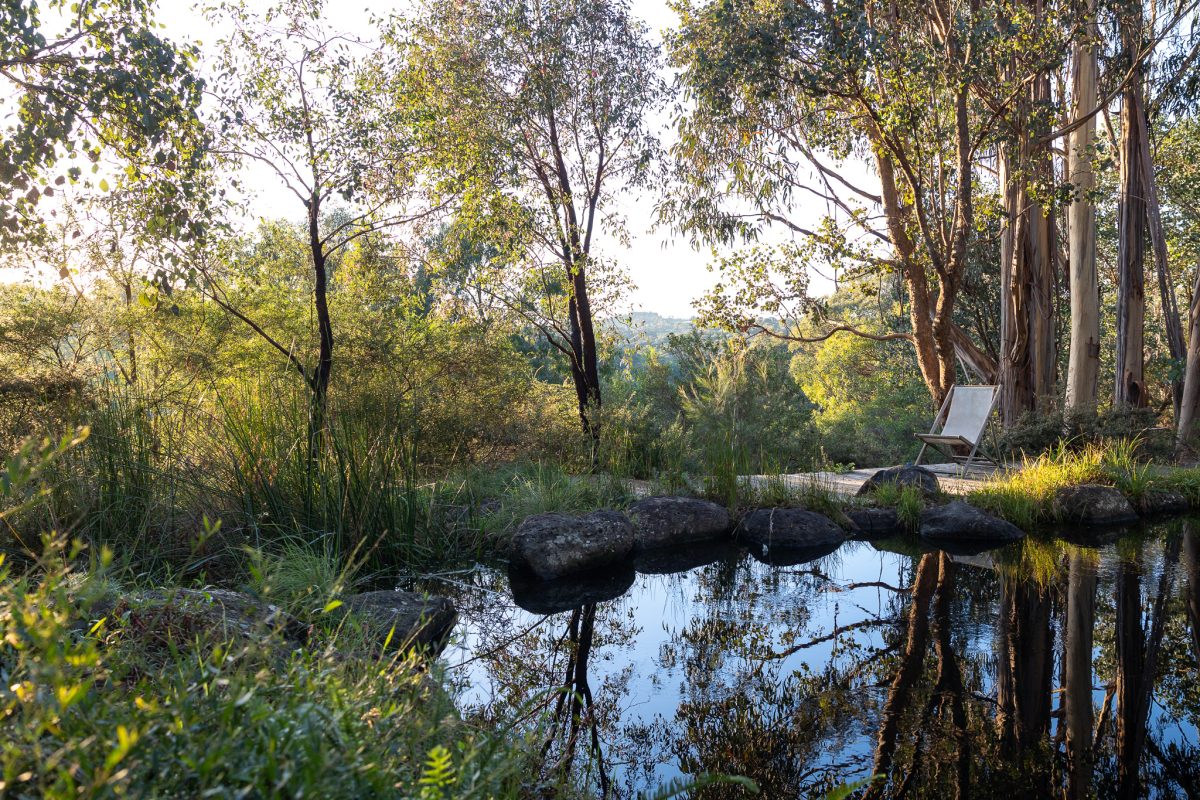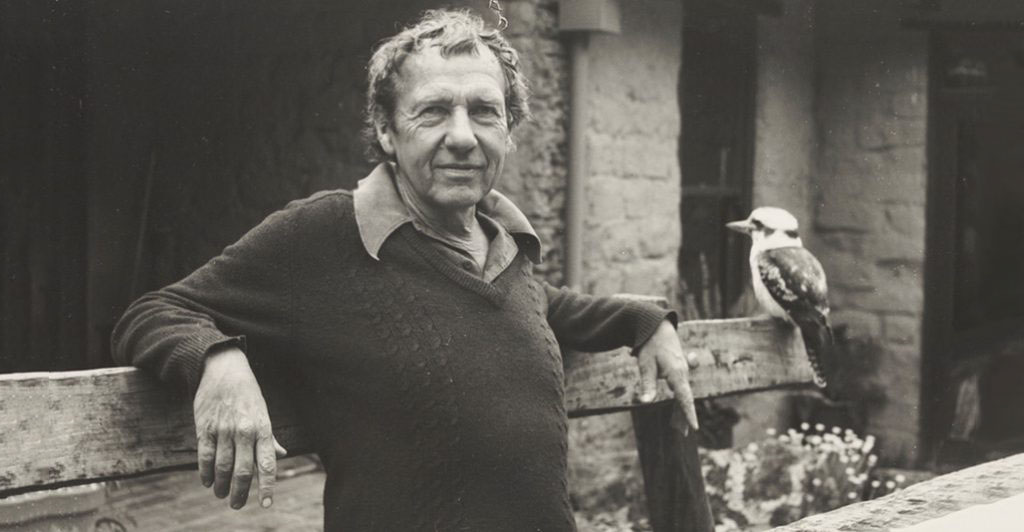Open source: Butterfly habitat roof garden

Sam Cox Landscape has a long history of working with Woodleigh School on its landscape vision. We are invested in preserving its unique bush feel, which creates habitat for multiple species and nurtures a sense of adventure and curiosity in its students. Woodleigh pushes the boundaries in its commitment to bringing nature close to classroom spaces and throughout its extensive grounds.
Our latest contribution is around the Year 10 Futures Studio project – an extension to the Senior Campus in Langwarrin South. The project is currently under construction and planned for completion by term 1, 2025. This innovative, environmentally responsible building employs a green roof system pioneered by Joost Bakker, where a planting substrate rests above a rainwater detention reservoir supported by interlocking plastic domes. The resulting green roof resembles an extensive wicking bed in which detained rainwater is made available to the plants via capillary action, expanding parameters for plant selection compared to conventional green rooves.
In a collaborative effort with Joost, we developed a planting list and design matrix for a butterfly habitat roof garden. We notably utilized only native species, all available in local Melbourne nurseries. The project presents an exciting new way of bringing and sustaining nature in urban contexts, with focused biodiversity and landscape resilience provisions. We can’t wait to see the result.
Link for open source document here.

Gardens Illustrated Magazine (UK)
The southern point of the Mornington Peninsula outside Melbourne, Australia, is a landscape of two halves. The inner shore, on Port Phillip Bay, is calm and sheltered, a place of holidaymakers and sun-seekers. The outer coast is a different beast entirely.

Sam Cox’s Wattle Glen Garden Opening in November 2023
When our garden opened in spring, 2016, it had endured some of the toughest drought years this area has known. It was a period of transition and renewal where many of the original plantings were no longer coping with the changed conditions. Some areas had been replanted but they were yet to reestablish. Since then, better-than-average rainfall and a run of mild summers have benefitted the garden immensely. We are so pleased to be opening again, seven years later as the garden has matured and come into its own.

Atlas of memory: Gordon Ford’s natural Australian garden
With a career spanning six decades, Gordon Ford was a grand master of the Australian natural garden. Briony Downes looks at the key elements of his practice and how a new exhibition sheds light on his enduring legacy.